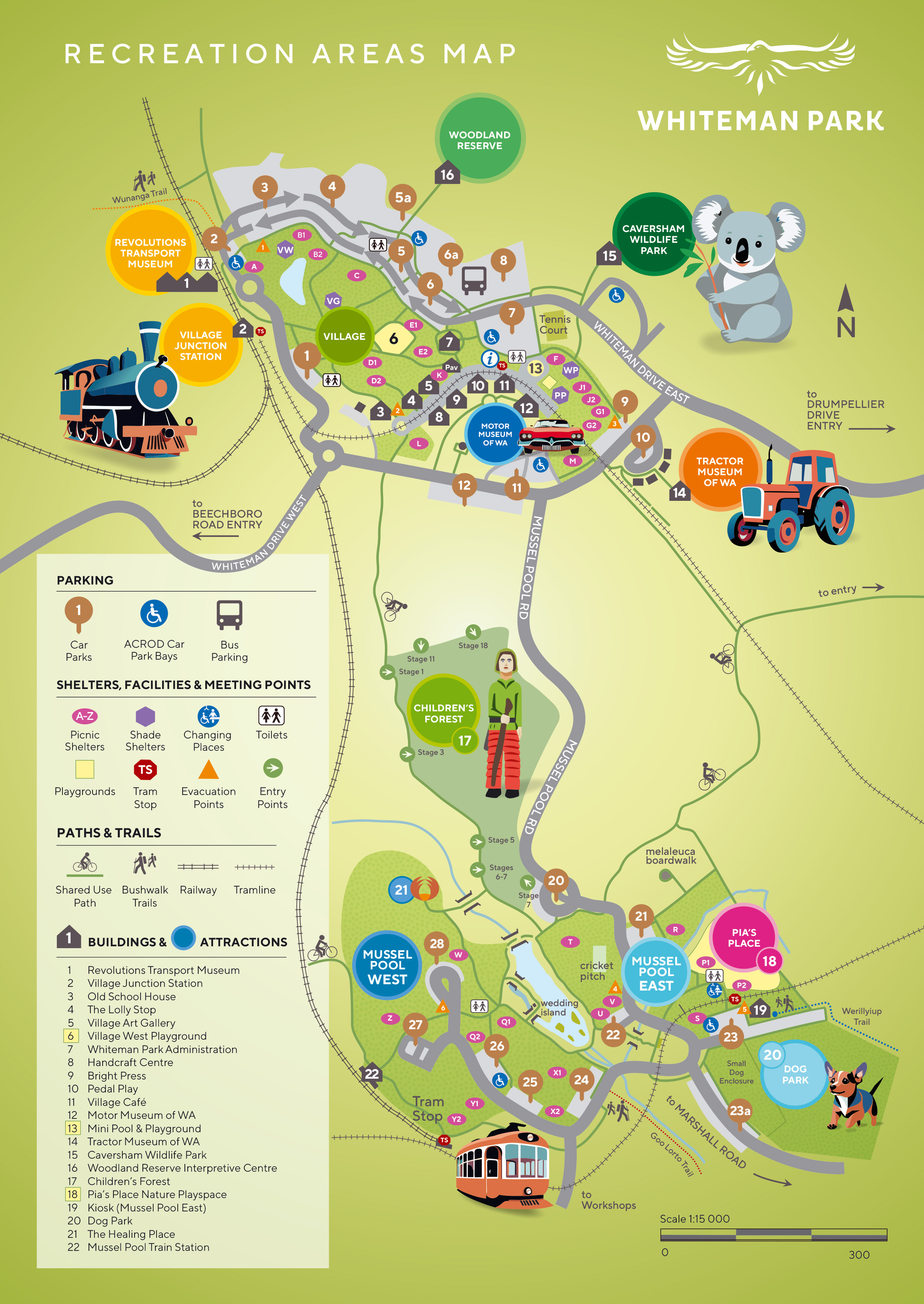Woylie
Bettongia penicillata ogilbyi
The Critically Endangered woylie, or brush-tailed bettong, have benefited from a successful translocation program into the protected sanctuary that is Woodland Reserve. The first animals were introduced into the Park in 2010 and there is now an estimated population of over 400 animals.
Woylies are a small native marsupial that used to range over much of the south-west of the state but have suffered from a sharp population decline in the wild.
Underneath their cute façade are some sharp claws and even sharper teeth – which they use when the animals are foraging for dinner. Their very diverse menu may include roots, tubers, bulbs, fungi, nuts, seeds, tree resin and even insects, hence the need for some well-designed teeth!
They also use their prehensile tails to gather grasses for nesting material - a rare activity among other macropod (big footed mammals) species.
Woylies are an important part of many ecosystems, turning over the soil and helping nutrient cycles, dispersing fungal spores and even improving water drainage in some soils. They are certainly amazing little creatures with a big role to ecological role to play, which is why it is important that we work to protect the species.
You can see our woylies for yourself on a Nocturnal Woylie Walk of Woodland Reserve.
FAUNA PROFILE
| Family | Potoroidae |
| Scientific name | Bettongia penicillata ogilbyi |
| Noongar name | woylie |
| Common name | woylie brush-tailed bettong |
| Conservation status | IUCN Critically Endangered |
| Habitat | grasslands, heathlands, woodlands |
Banner image: Woylies in Woodland Reserve, courtesy of Houndstooth Studio. Above L-R: Woylies are nocturnal; on the hop.





